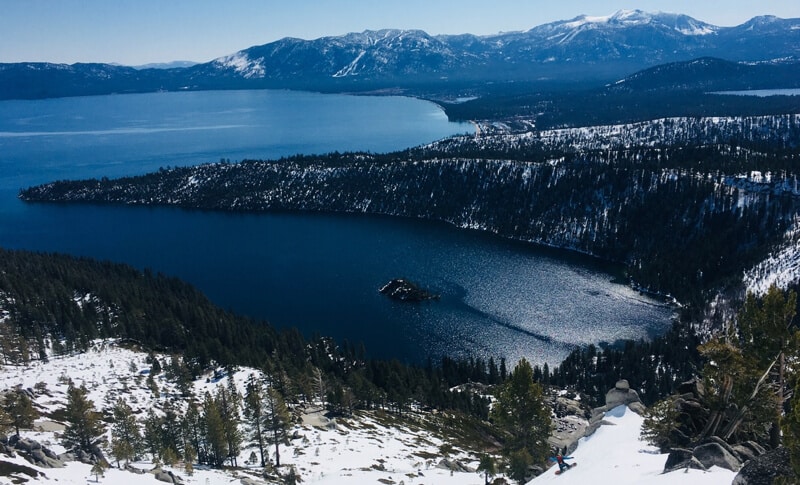Reno, Nev. (March 5, 2020) - Today, the Nevada System of Higher Education (NSHE) Board of Regents awarded the 2020 Rising Researcher Award to Mark Hausner, Ph.D., of the Desert Research Institute (DRI) in Reno. This honor is given annually to researchers from DRI, the...
Research team develops first lidar-based method for measuring snowpack in mountain forests
Reno, Nev. (Jan. 22, 2018): Many Western communities rely on snow from mountain forests as a source of drinking water – but for scientists and water managers, accurately measuring mountain snowpack has long been problematic. Satellite imagery is useful for calculating...

